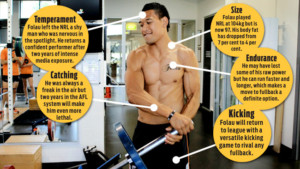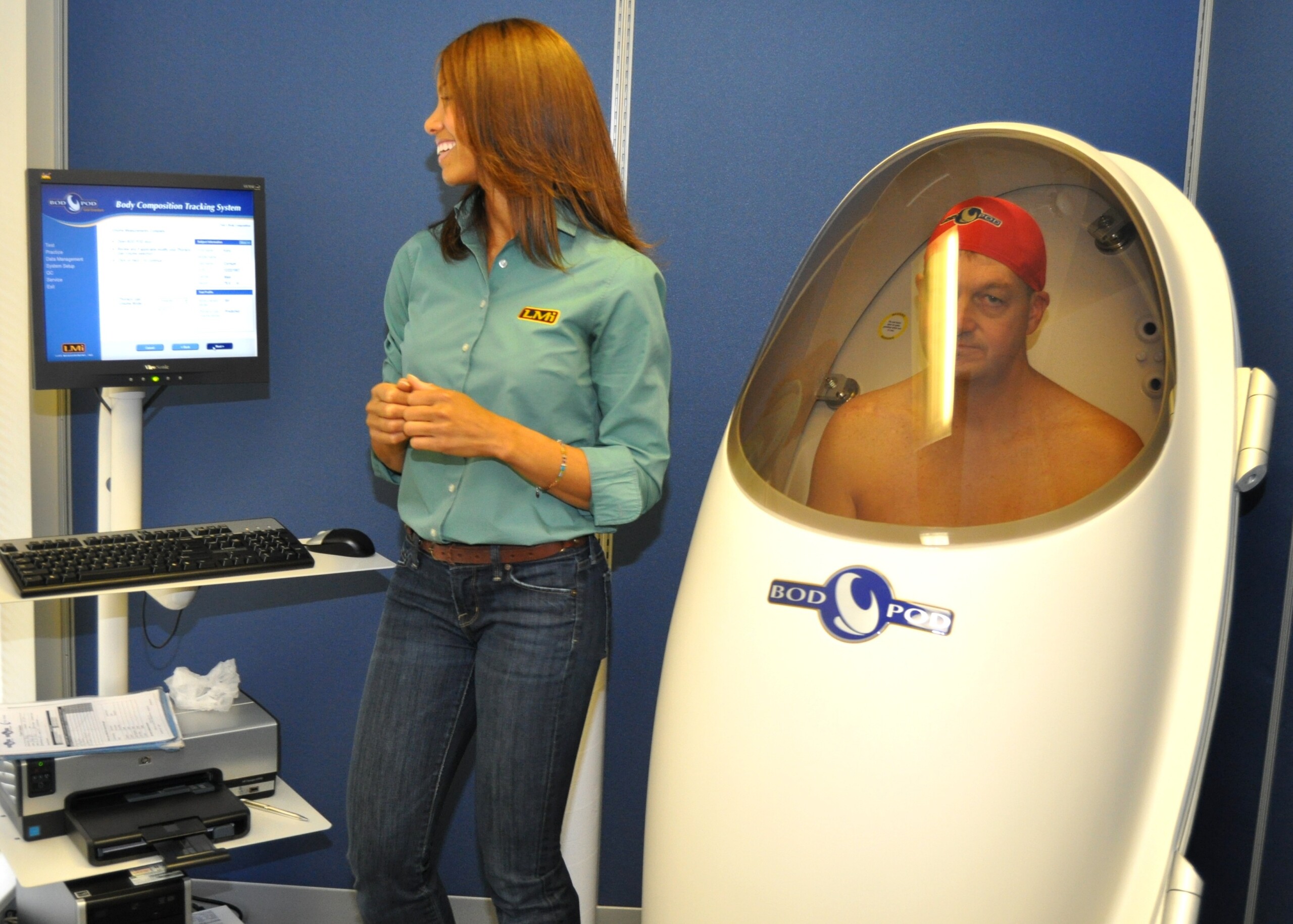Body composition usually focuses on a persons percentage body fat, but can be used to determine bone, muscle and water composition percentages as well. Often in the media body composition gets a fairly bad wrap. This is mostly because people use body composition as a measure of beauty, rather than a measure of health and fitness (which is a huge mistake).
Body composition relates to movement efficiency, but is generally quite specific to the sport. Generally, people with lower percentages of fat and higher percentages of muscle are able to move for longer periods of time at at greater speeds. This is partly due to the fact that they are carrying less non-movement producing weight. What I mean by this, is that the athlete is carrying as little fat as possible above and beyond what is required for their performance. This gives them a better force to mass ratio allowing them to produce faster movements or require less force to continually move themselves. This results in them saving energy over longer performances, such as marathons, or to move faster over short performances, such as 100m sprinting.
However, low body fat percentage is not always advantageous. Sports such as Sumo Wrestling provide benefit to the athlete who is able to produce the most force and require more force to move. Hence why so many Sumo wrestlers are so large. This is not a matter of body fat to muscle ratio, it is simply a matter of how big can I get and still move efficiently. Other sports that benefit from simply being larger, and enabling greater overall force to be produced are sports such as shot put, discus, hammer throwing, weight lifting and even to some degree specific positions in sports, such as the front rower in rugby or the blocker in NFL.
Body composition, however, is not a great predictor of performance. Just because someone is lean does not mean that they will perform better in a triathlon, because without training their cardiorespiratory fitness, they may not even last the distance. Neither will a large person be a great Sumo wrestler, because they still need to know how to wrestle and use their weight to their advantage.
 However, if you are looking at top athlete’s their body composition can become very important, and the distribution of where the muscle is in relation to their composition can also affect performance. For example, Israel Folau underwent a body transformation as he transferred to AFL. He dropped his body percentage from 7% to 4%, decreased his muscle mass and overall weight from 104 Kg to 97 kg. These changes were to improve his efficiency in his new sport. Compared to the NRL, AFL players require a more slender physique, longer cardiovascular fitness, and less strength. These change in body composition would have improved Israel’s performance.
However, if you are looking at top athlete’s their body composition can become very important, and the distribution of where the muscle is in relation to their composition can also affect performance. For example, Israel Folau underwent a body transformation as he transferred to AFL. He dropped his body percentage from 7% to 4%, decreased his muscle mass and overall weight from 104 Kg to 97 kg. These changes were to improve his efficiency in his new sport. Compared to the NRL, AFL players require a more slender physique, longer cardiovascular fitness, and less strength. These change in body composition would have improved Israel’s performance.
Body composition can be measured using a range of tests such as: skin fold testing (often paired with circumference measurements and called anthropometry), underwater weighing, bioelectrical impedance, dexa scanning and bod pod (click here for more details).

